How to Choose Running Shoes: Types & Mistakes to Avoid
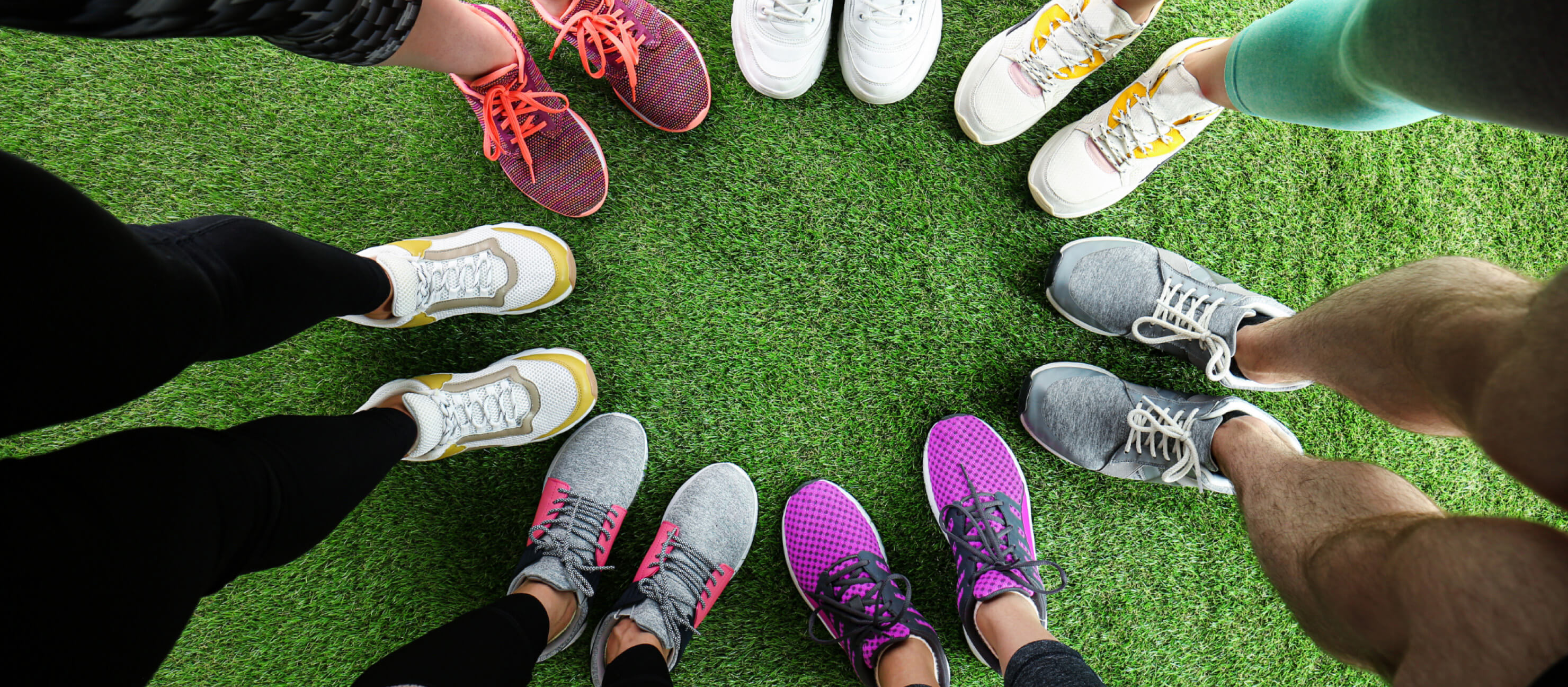
Are you really running with the right pair of shoes? When it comes to running shoes, you need a pair that supports your foot shape, running goals, and budget. Otherwise, you ‘run’ the risk of blisters at best and injury at worst.
Keep reading to learn all about how to choose running shoes, what mistakes you should avoid, and more!
Key Takeaways
- How to Choose the Best Running Shoes — What type of surface will you be running on? Do you prefer less heel-to-toe drop or a higher drop? Do you pronate or overpronate? Learn the top factors to pay attention to when choosing running shoes.
- Types of Running Shoes — With so many different types of running shoes out on the market today, we compiled a list of our top recommendations if you’re looking for running shoes for everything from more cushioned running shoes to ones that offer more stability.
- Mistakes to Avoid When Choosing Running Shoes — In comparison to comfort, both style and color should be secondary factors. Learn about the rudimentary mistakes some runners make when picking out running shoes.
- What Are the Differences Between Walking Shoes vs Running Shoes? — Most running shoes can be used for walking. However, there are key differences between the two — including flexibility and cushion.
If you’re struggling to know where to start when choosing your running shoes, we’ve got you covered:
- Casual runners: Look for shoes with enough cushioning, support, and fit that makes each run around your local park or neighborhood comfortable each time your foot strikes the ground.
- Long-distance runners: Carefully consider your running gait, the cushioning for your forefoot, midfoot, and heel, and the types of surfaces you like to run on when choosing your running shoes.
How to Choose the Best Running Shoes: Factors to Prioritize
- Step 1: Consider the running surface — Determine what type of surface(s) you will most likely run on. Do you prefer to run on the road, treadmill, trails, or the beach? Do you like to run on multiple surfaces?
- Step 2: Decide what cushioning you want — Cushioning in the midsole and heel as well as the stack height (the material between the ground and the bottom of your foot) all work together to protect your joints and absorb impact as you run.
- Step 3: Find your heel-to-toe drop — This measurement determines how your foot lands and pushes off the ground.
- Step 4: Learn about foot strike & running gait — ‘Foot strike’ refers to the part of your foot that hits the ground first when you move around. There are three types: heel, midfoot, and forefoot strike. Running gait is the way your leg travels through a step — from how you land, push off from the ground, and swing through a cycle.
- Step 5: Know your price point — Knowing your budget ahead of time can help you make decisions about the type of brand or features you’ll want to shop for: good tread, cushioning, support, performance, flexibility, breathable materials, and (if your budget allows) aesthetic.
Expert Tip:
Before you buy any pair of running shoes, always consider the type of running you plan to do. Not all running shoes suit the different running options available to you. For example, if you run on trails or uneven terrain, you need shoes with more support and grip.
Running Surface
No matter what type of surface you love running on, it’s important to purchase running shoes that offer the right amount of cushioning, technology, and support to withstand the terrain and provide you with the stability you need.
- If you primarily run on the road, opt for a running shoe with tons of cushion for more shock absorption.
- If you run exclusively on trails, choose a pair of running shoes that is easy to clean and provides a high amount of traction and midsole support.
Cushioning
The level of cushioning you’ll want depends on how much softness or responsiveness you prefer. While you may think more cushioning equates to lower levels of impact, the opposite is actually true!
The shoe must work with your foot strike (the natural way in which your foot strikes the ground) — not against it. We recommend testing out running shoes with a range of cushioning levels so you can feel the difference between each type and find the one that works best for you.
| Types of Running Shoe Cushioning | |||||
|---|---|---|---|---|---|
| Cushion Type | What It Offers | Who It’s For | Cushion Type Benefits | Cushion Type Drawbacks | |
| Barefoot | Mold to your feet and offer very little arch support and stability; they have a very low heel-to-toe drop | Runners who want to feel as close to the ground as possible when they run |
|
|
|
| Minimal | Helps runners to feel more stable and experience a lower center of gravity | Runners who want to encourage a low-impact gait. |
|
|
|
| Moderate | Provides the perfect balance between soft comfort and a natural feel | Runners who practice tempo runs and long-distance road runs |
|
|
|
| Maximum | Offers a soft and squishy feel with thick midsole padding | Long-distance runners may prefer a more plush ride |
|
|
|
Expert Tip:
Choose your level of cushioning based on your preferred ground feel, comfort level, and how it feels as you land and push off from the ground.
Heel-to-Toe Drop
Heel-to-toe drop is the difference in height between the heel and the toe and is measured in millimeters (i.e. Heel-to-toe drop = Heel height - toe height).
- On average, running shoes tend to have around a 10mm drop, but zero-drop shoes also exist.
- Zero-drop running shoes are flat with minimal cushioning and encourage a midfoot strike (landing on the entirety of your foot).
- Most runners tend to prefer a bit of a drop to promote landing on their heel and gliding through their stride.
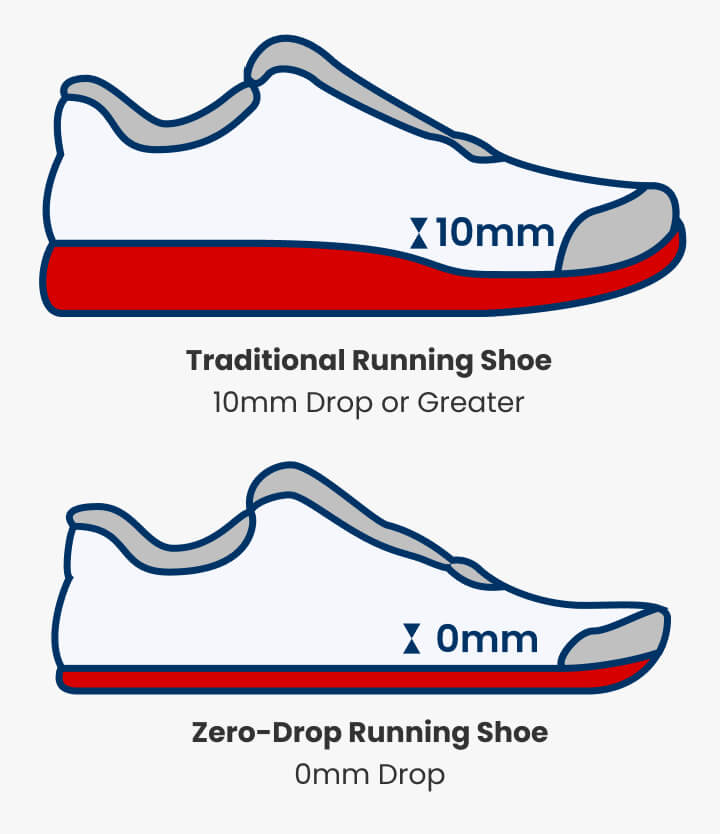
Foot Strike & Running Gait
Every person has a distinct way of running — from the positioning of their head down to the part of their foot that strikes the ground first. Determining both your foot strike and running gait can help you choose the right pair of running shoes.
- Perhaps you have a heel strike and require a bit more cushioning in the heel.
- Maybe you’re a forefoot striker. In that case, you won’t need heels with extra cushion and a low-drop shoe would work best for you.
Take note of how your feet land next time you run. Alternatively, you can record yourself running and watch the footage back.
| Types of Runner Foot Strikest | |||||
|---|---|---|---|---|---|
| Foot Strike Type | Foot Strike Benefits | Footstrike Challenges | Best Running Shoe Type | ||
| Forefoot |
|
|
A shoe with a low toe drop (up to 6 mm) | ||
| Midfoot |
|
|
Neutral running shoes with more flexibility and a toe-drop of up to 6 mm | ||
| Heel |
|
|
This is based on your running gait | ||
Types of Running Gait
Your whole body is involved as you run — not simply your feet! For this reason, your hip, knee, ankle, foot, arms, and pelvis all affect your gait.
-
Overpronation: Your foot tends to collapse inward. This can lead to flat feet or low arches.
-
Neutral: Your foot lands evenly. It may roll inward slightly.
-
Supination or Underpronation: Your feet roll outwardly. This is typically caused by high arches.
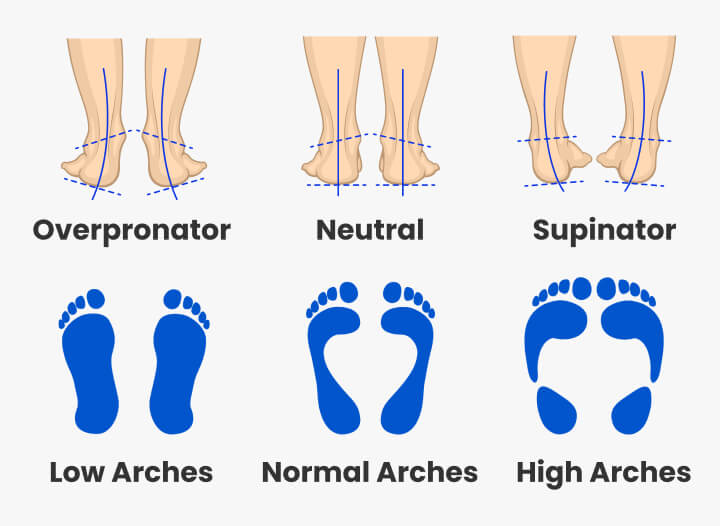
-
If you’re a heel striker that overpronates, then you’ll want to opt for a shoe with extra support to keep your feet stable.
-
If you’re a heel striker with a neutral gait, opt for neutral running shoes with a minimal toe drop.
-
If you’re a heel striker with supination or underpronation, then you’re more susceptible to shin splints and other leg pain. Choose neutral running shoes with a good amount of cushion to help absorb impact.
Expert Tip:
Look for brands that focus on walking and running. Find out what foot type you have: are you neutral or do you overpronate? Go to a store where you can try them on and make sure you are in the correct size.
Price Point
Thankfully, running shoes are available in a wide range of price points! But the features you’ll find in every budget differ. Expect to pay anywhere from $40 to $200+ for a durable pair of running shoes.
Keep in mind that while more affordable shoes may not be as flashy, they also won’t fall apart after one or two runs and can still be a good investment.
-
Adult prices typically cost more than kid’s running shoes.
-
Running shoes with more cushion and support tend to be more expensive.
-
Brands like Nike are known for being on the higher end of the price range, as they use high-quality materials in their running shoes.
Expert Tip:
There are good quality running shoes that are considered "mid-range" on the price point scale. Head to your local Academy! We have several options for you to try: no matter your budget!
Types of Running Shoes
The most common types of running shoes are built with different applications in mind. There are three main types of running shoes:
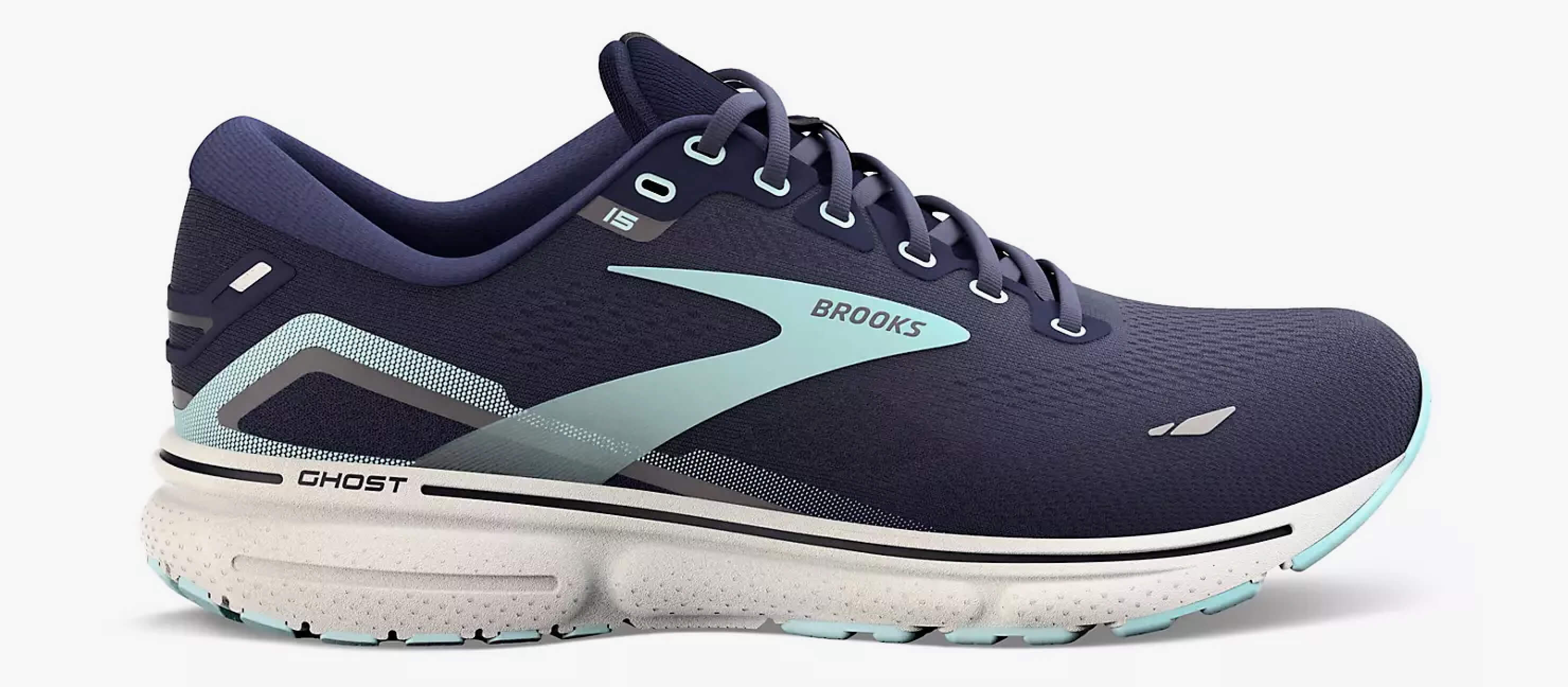
Cushion
Cushioned running shoes are designed to be comfortable for the wearer. They’re great for long walks or runs and help prevent foot pain. These are ideal for a wide range of strikers and gaits.
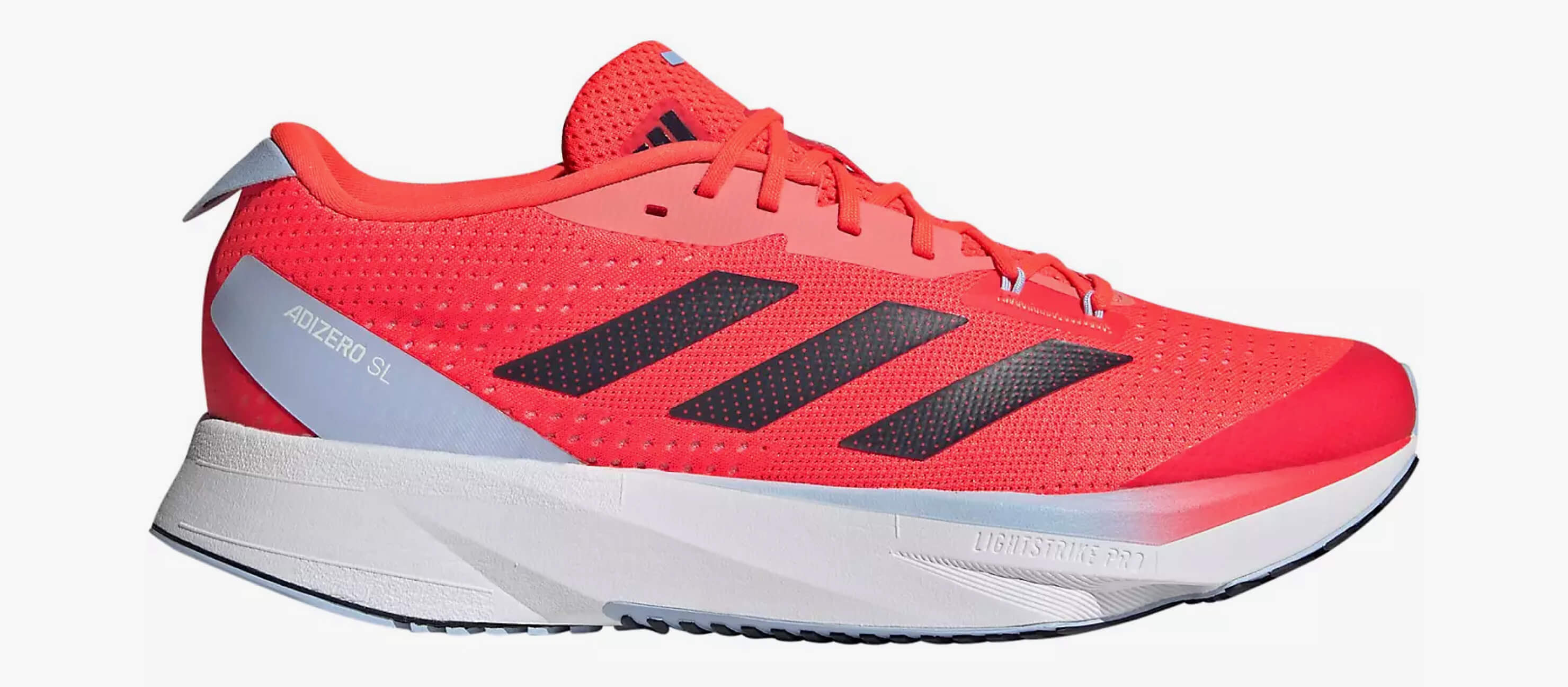
Speed
Speed running shoes are lightweight, breathable, and deliver a springy bounce in your step. They help propel you forward and push you off the ground quickly.
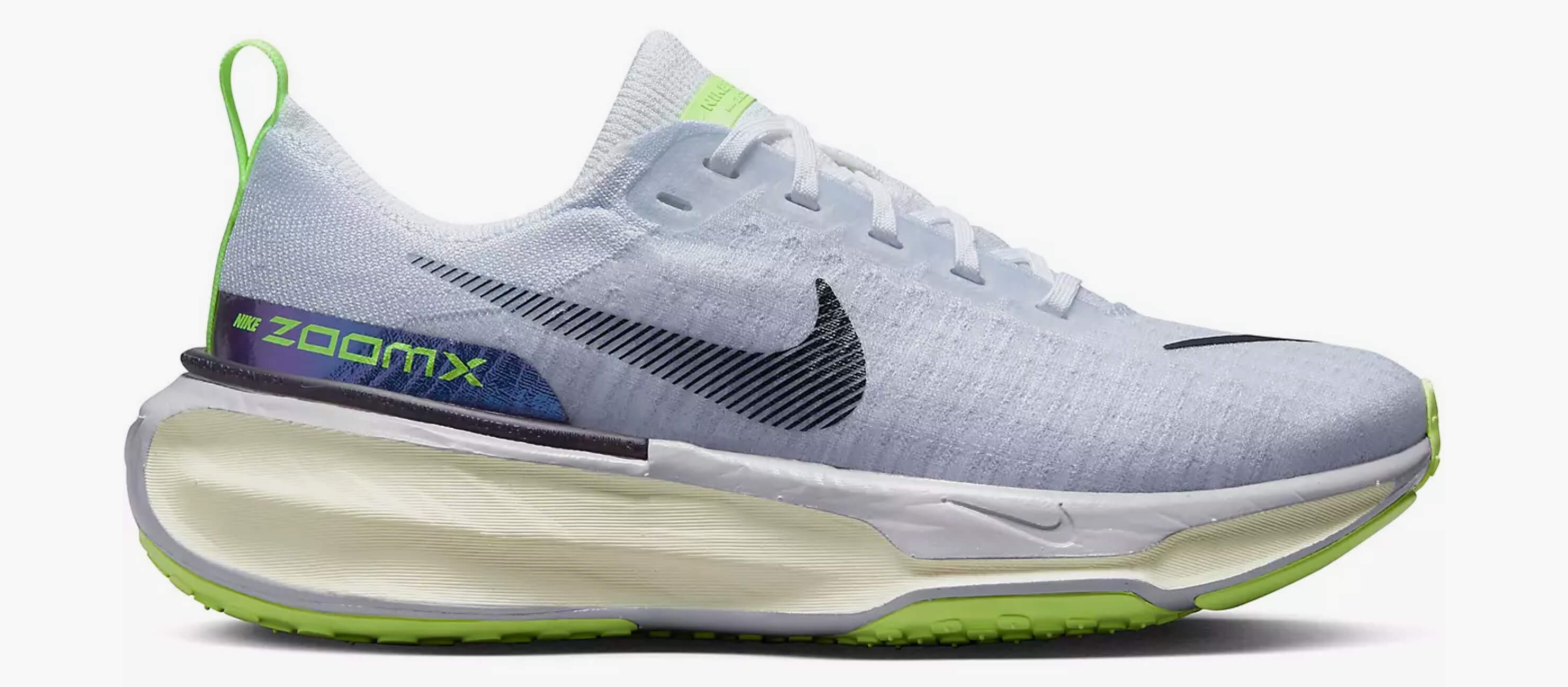
Support
Supportive running shoes help to keep your body aligned to prevent injury. They help keep you stable so you can effortlessly glide through your stride.
Mistakes to Avoid When Choosing Running Shoes
When it comes to learning how to pick the right running shoes, there are some simple mistakes to be aware of:
- Buying shoes that are too tight or loose
- Shopping in the morning instead of the night, when your feet swell to their largest size
- Not testing your shoes out and going for a practice run in-store
- Not getting your feet measured, as each brand has different shoe lasts (foot forms for sizing)
Expert Tip:
Do not choose shoes by aesthetic or color. You should go with the shoe that feels most normal and natural on your foot — like it was made for you!
What Are the Differences Between Walking Shoes vs Running Shoes?
Walking shoes have less cushioning, are less flexible, heavier, and have wider and flatter soles than running shoes. A good pair of running shoes has more cushioning, better traction, more flexibility, and are made with more breathable materials.
Walking Shoes
-
Made specifically with comfort in mind
-
Designed for low-impact activities like walking and casual wear
-
Should have no heel flare to provide a better step while walking
-
Often lack extra forefoot and heel cushioning since extra weight slows the natural speed of your feet
-
Can be used for other low-impact activities (like yoga)
Running Shoes
-
Made with performance in mind
-
Designed for high-impact activities like running and jogging
-
Can have extra heel flare for runners with midfoot or forefoot foot strikes
-
Should have more cushioning in the heel and forefoot to accommodate the force of foot strikes to the ground
-
Should not be used for other activities than running and jogging
Choosing between walking shoes vs running shoes can prevent injury, ensure comfort, and improve performance.
Have Fun Out There!
Ready to hit the pavement? With this comprehensive running shoe guide, you’ll be able to shop for the perfect pair of running shoes designed for your lifestyle, gait, and more. Discover our selection of women’s running shoes and men’s running shoes. Go out there and crush all those goals!


